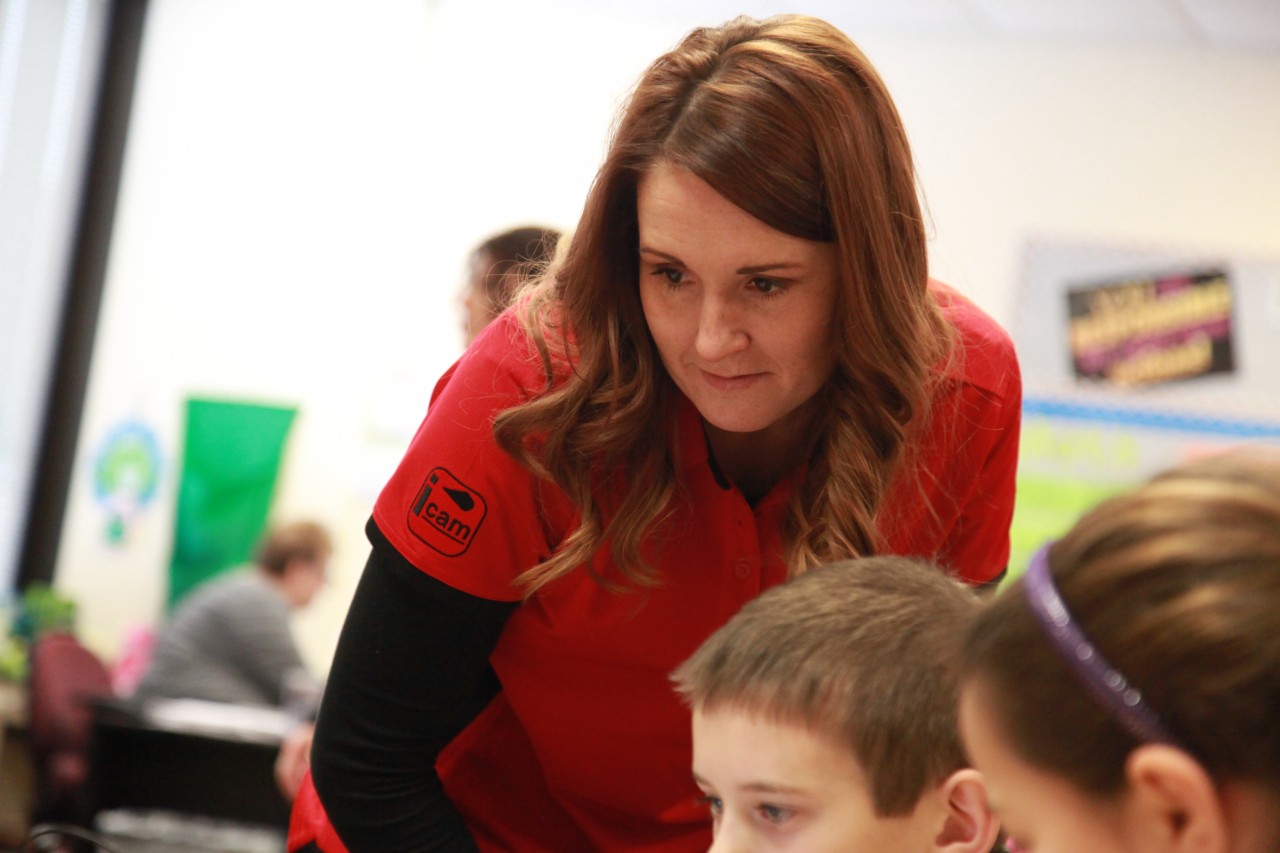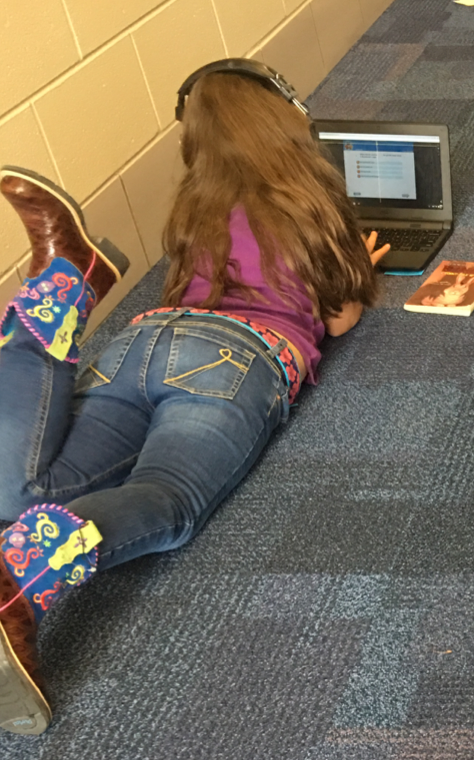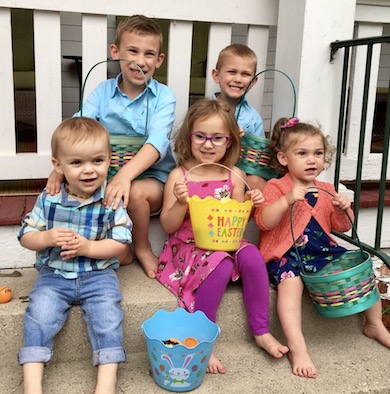As a general educator turned PATINS Data & Outreach Specialist, assistive technology (AT) has become part of my life more than ever. Before my change in professional roles, my knowledge of AT was minimal at best. To be honest, I often associated it with only the needs of individuals with physical disabilities. What a mistake to make!
 Now that my exposure to AT has increased tenfold, I find myself wishing I had known more about it while I was still in the classroom. So many students come to mind as I learn about more technologies from low to high. Additionally, I find myself thinking about different types of tech that could or are already benefiting the lives of my friends, family, and even myself.
Now that my exposure to AT has increased tenfold, I find myself wishing I had known more about it while I was still in the classroom. So many students come to mind as I learn about more technologies from low to high. Additionally, I find myself thinking about different types of tech that could or are already benefiting the lives of my friends, family, and even myself.For example, closed captions are assistive technology for people who are deaf or hard of hearing. Though I have typical hearing, the closed captions are permanently on the TV in my bedroom. This is great for when I wake up in the middle of the night and want to watch the TV without disturbing my husband with the sound. Plus, consistently using closed captions at home and in the classroom promotes and supports literacy amongst many children and adults.
The magical realm of AT has broadened my understanding of unlimited access to the world around us. More importantly, it’s broadened my understanding of unlimited access to the curriculum in a classroom setting. Yet, from conversations I’ve had with students and educators around the state, I’ve found that I wasn’t alone in my original thinking about AT. Many of these conversations have yielded a similar perspective - the preconceived notion that AT only supports physical access to one’s world.
Though AT may be understood by many to be technology used to support one’s physical access, it truly offers so much more. Think about your cell phone for instance. Do you ever speak your texts? Have you ever turned on flash alerts, so that you can get visual text notifications in a loud room? People constantly benefit from AT in their everyday lives in ways they may not even realize. So let us as educators, students, and parents begin to think differently about AT.
It’s true; many assistive technologies are specifically designed to increase access to the curriculum for individual students, such as eye-gaze systems for students with limited mobility or communication devices for students who are nonverbal. Furthermore, in these situations, AT must be included in a student’s individualized education plan (IEP) to ensure access to it. However, you will find that many of these same technologies contain an element of universal design or that they can be implemented with other students in more creative ways.
For example, maybe a shy student could break out of his/her shell through the use of a simple communication board. Maybe text-to-speech could help your students who are gifted properly pronounce the new vocabulary words they’ve found through research during an oral presentation. Or just maybe a student with typical vision that struggles with visual decoding skills could learn how to read using braille.

I believe there are three keys to unlocking successful implementation of technology in the classroom. 1) Understand that AT is specifically designed for individuals and that it is essential to find the right piece of technology to support the desired outcome. 2) Remember that many assistive technologies are universally designed or can be creatively implemented to benefit many of your students. 3.) Training for students and educators on this technology is the only way to ensure clear results of effectiveness.
Don’t forget AT and other technologies can simplify your life in the classroom, too! Try using Google Translate to support communication with non-English speaking parents and guardians. Use a screen reader to check online content for accessibility and to proofread your classroom newsletter, professional emails, and self-created materials (your students can use screen readers to proofread their writing, too). Perhaps you could even improve your focus in meetings with the use of a fidget cube or spinner.
Implementing AT isn’t a new trend or just one more thing on your plate; it’s about increasing access for your students. The possibilities are endless, and we’re here to support you along the way. Through the Lending Library (where you can borrow AT without financial risk), classroom consultations and training, and our specialists’ areas of expertise, your students will find increased access to the curriculum through innovative techniques, strategies, and AT. Let us help you!

 ore than the show-off flowers. I wonder at how all that silky color is packed into those shoots.
ore than the show-off flowers. I wonder at how all that silky color is packed into those shoots.

